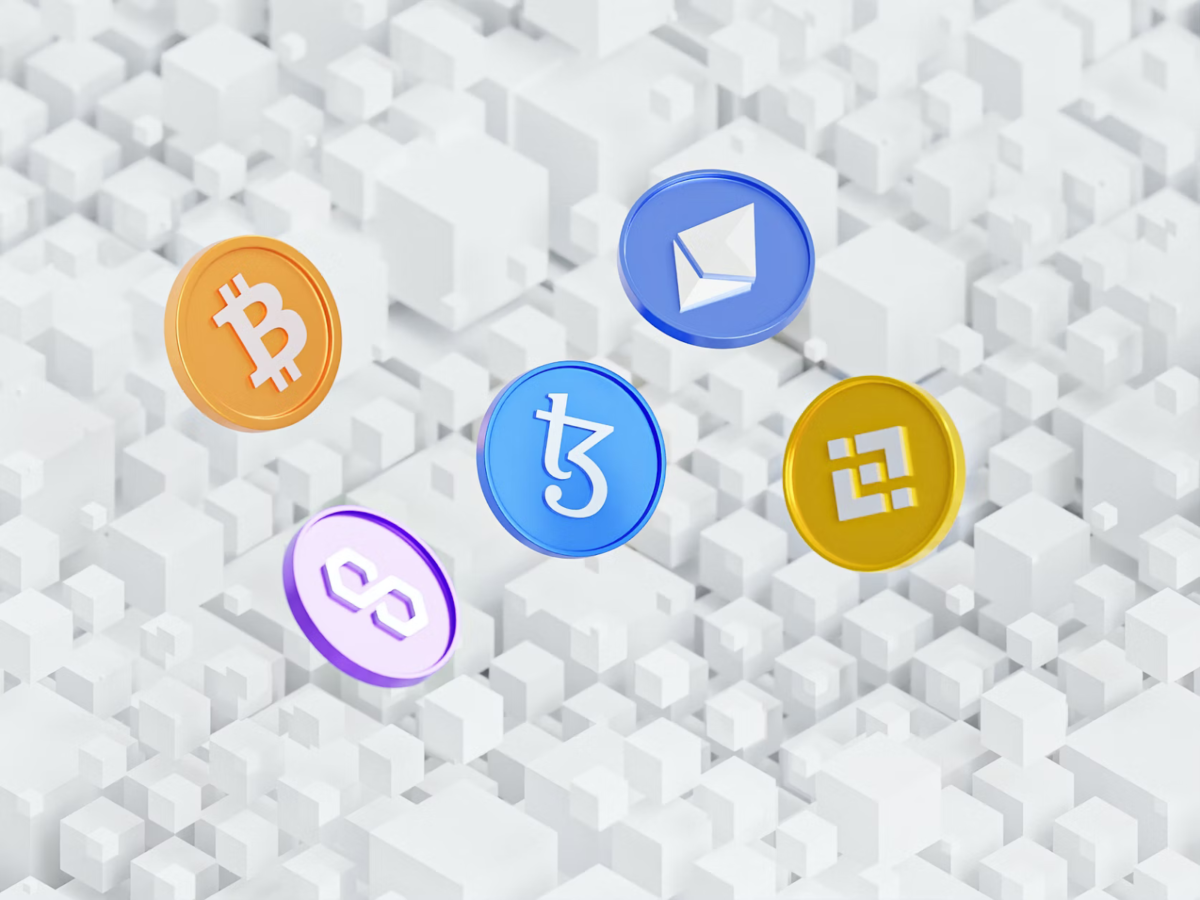NFT development – how it works
NFTs are a type of digital asset that can represent anything from in-game items to art, land, and even people. NFTs are stored on a blockchain, which is a distributed ledger that allows for secure, transparent, and tamper-proof transactions.
The key difference between NFTs and other digital assets is that each NFT is unique and cannot be replicated. This makes them well-suited for use cases where ownership or provenance is important, such as in the art world or for collectibles.
How does NFT development work?
NFT development is relatively simple. First, you need to create a smart contract that defines the properties of your NFT. This contract will specify things like the name of your NFT, its purpose, and how it can be traded or transferred.
Once your contract is created, you can use it to mint (create) new NFTs. These NFTs can be bought and sold like any other asset, and their ownership is tracked on the blockchain.
If you want to destroy an NFT, you can do so by calling the contract’s destroy function. This will remove the NFT from the blockchain and make it unavailable for anyone to use or trade.
Smart contracts are what make NFTs so powerful. They allow you to create unique digital assets that can be bought, sold, or traded just like any other asset. And because they’re stored on the blockchain, they can’t be tampered with or destroyed.
Now that you know what an NFT is and how it works, it’s time to start creating your own!
Creating an NFT is a two-step process:
First, you need to create a smart contract that defines the properties of your NFT. This contract will specify things like the name of your NFT, its purpose, and how it can be traded.
Once your contract is created, you can mint your NFT. This is the process of creating a unique digital token that represents your NFT. You can then sell or trade this token on any platform that supports NFTs.
If you’re interested in creating your own NFT, check out our guide to minting an NFT. We’ll walk you through the entire process, step by step. And if you need help writing your smart contract, we’ve got you covered there too!
Now that you know everything there is to know about NFTs, it’s time to start using them! Check out some of the popular platforms for buying, selling, and trading NFTs.

How NFTs work
NFTs are created using smart contracts, which are programs that run on a blockchain. Smart contracts define the rules and conditions under which an NFT can be created, transferred, or destroyed.
When someone wants to create an NFT, they first have to create a smart contract. This contract will specify the properties of the NFT, such as its name, description, and image. It will also specify who can transfer or destroy the NFT.
Once the contract is created, it is stored on the blockchain. Anyone can then use the contract to mint (create) new NFTs. These NFTs can be bought and sold like any other asset, and their ownership is tracked on the blockchain.
If you want to destroy an NFT, you can do so by calling the contract’s destroy function. This will remove the NFT from the blockchain and make it unavailable for anyone to use or trade.
Smart contracts are what make NFTs possible. Without them, there would be no way to track or transfer ownership of these digital assets.
What are the benefits of using NFTs?
There are several benefits to using NFTs:
- They are unique: Because each NFT is stored on the blockchain and has a unique identifier, they can never be duplicated. This makes them ideal for collectibles or other items that need to be authenticated as genuine.
- They are tamper-proof: The blockchain is immutable, meaning that once an NFT is minted, it cannot be changed. This guarantees the authenticity of the asset and prevents anyone from tampering with it.
- They are easy to trade: NFTs can be bought and sold like any other asset. They can also be traded peer-to-peer without the need for a central exchange. This makes them highly liquid and easy to trade.
- They are programmable: NFTs can be programmed to have certain properties or behaviors. This makes them very flexible and opens up a whole range of potential uses.
Overall, NFTs offer a number of advantages over traditional assets. They are unique, tamper-proof, easy to trade, and highly programmable. This makes them ideal for a wide range of applications, from digital art to collectibles and more.






Leave a Reply